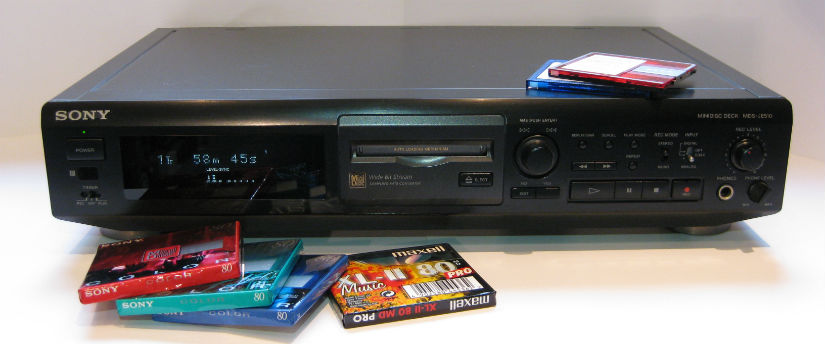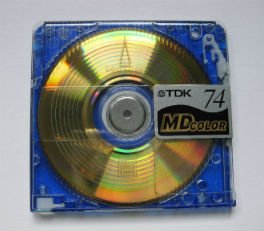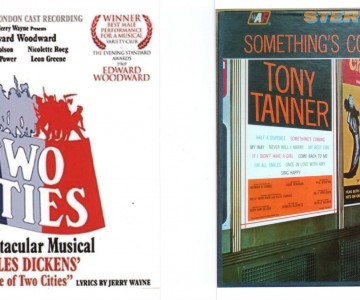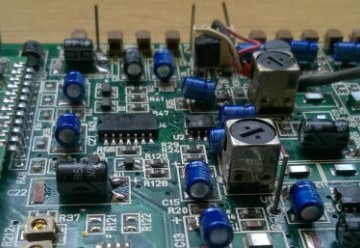01277 225316 info@audiorestored.com
Mini Disc Transfers to CD | Audio Restored

Prices
| SP MiniDisc (80 mins) | £40 / MD |
| Long Play MiniDisc (LP2) 2 hr 40 mins | £55 / MD |
| Long Play MiniDisc (LP4) >5 hours | £70 / MD |
MiniDisc Facts
- MiniDiscs are erasable, re-recordable, fully editable, and tracks can be divided, combined and re-ordered
- The Table of Contents (TOC) holds information about start/stop points, as well as meta data (titles, artists etc.)
- Unlike CC, DCC and DAT, MD is a random access medium allowing very fast track-seek times
- MD has an anti-skip system, using a memory buffer of at least 6 seconds during recording
- The memory buffer system allows the spindle motor to stop for long periods, prolonging battery life
- All MDs use the SCMS copy protection system, disallowing more than one digital copy (clone)
Introduced by Sony in September 1992, the MiniDisc (MD) is a magneto-optical disc-based storage device, able to hold up to 80 minutes of digital audio, using ATRAC audio data compression. The MD format never achieved its full potential in Europe, despite great popularity in Japan, and production eventually ceased in 2013, rendering the format obsolete. Consequently, playback of your recorded MDs is becoming more difficult, potentially leaving a wealth of music unplayable.
We can transfer your MDs to digital .wav files – whether they are SP (standard play, 80 minutes), or either of the MDLP (long play) types – LP2 (160 minutes) or LP4 (320 minutes). MD transfer is performed using either a Denon Professional DN-M1050R deck, or a Sony MDS-JE510 MD recorder.
Alternative file formats (FLAC, .mp3) can also be accommodated if preferred.
 MD was developed in the hope it would become the digital successor to the well established analogue Compact Cassette, but was released at about the same time as Philips’ Digital Compact Cassette (DCC) and neither format took off as anticipated. In addition, the Digital Audio Tape (DAT) format had been available since its release in 1989, and the prevalence of these new competing digital formats led to marketing confusion and a reduction in consumer confidence. Recordable CDs, flash memory and HDD-based digital storage and play-back devices became available in the mid- to late 1990s and effectively led to the early demise these disc- and tape-based rivals.
MD was developed in the hope it would become the digital successor to the well established analogue Compact Cassette, but was released at about the same time as Philips’ Digital Compact Cassette (DCC) and neither format took off as anticipated. In addition, the Digital Audio Tape (DAT) format had been available since its release in 1989, and the prevalence of these new competing digital formats led to marketing confusion and a reduction in consumer confidence. Recordable CDs, flash memory and HDD-based digital storage and play-back devices became available in the mid- to late 1990s and effectively led to the early demise these disc- and tape-based rivals.
Contact us to discuss your requirements fully.



